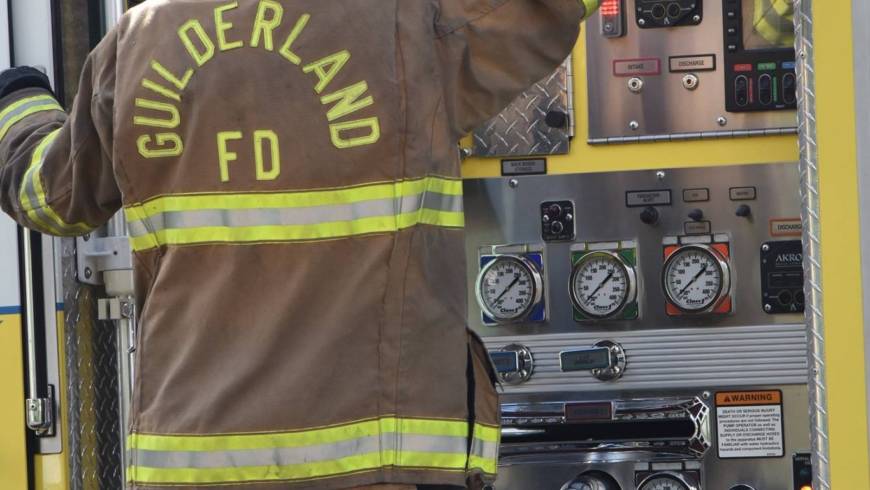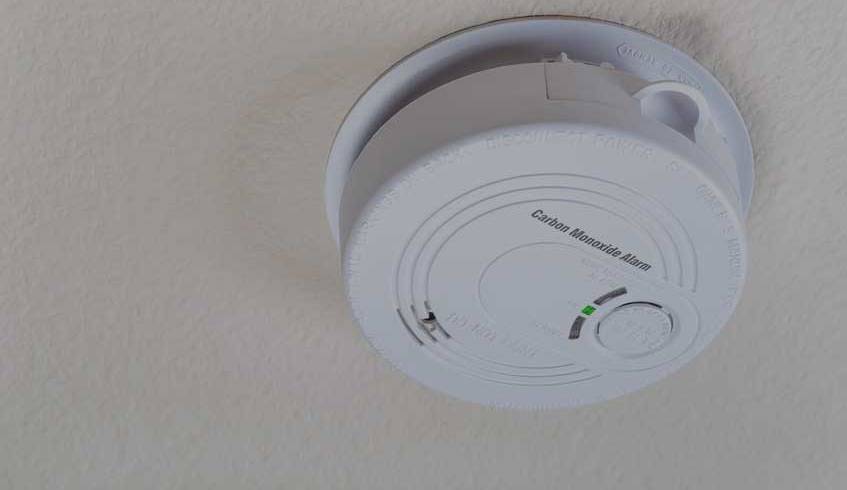Each July 4th, thousands of people, most often children and teens, are injured while using consumer fireworks. Despite the dangers of fireworks, few people understand the associated risks – devastating burns, other injuries, fires, and even death.
Read morePropane & BBQ Safety
The leading equipment involving in LP-gas home structure fires is a grill, hibachi, or barbecue.
Read moreCar Fire Safety
If you should ever be in the unfortunate situation of having to deal with a car fire. Here are a few tips to help prevent a car fire as well as what to do if your car should catch fire.
Read moreClothes Dryer Safety
Doing laundry is most likely part of your every day routine. But did you know how important taking care of your clothes dryer is to the safety of your home? With a few simple safety tips you can help prevent a clothes dryer fire.
Read morePut A Freeze on Winter Fires
Heating, holiday decorations, winter storms and candles all contribute to an increased risk of fire during the winter months. NFPA and the U.S. Fire Administration are teaming up to help reduce your risk to winter fires and other hazards, including carbon monoxide and electrical fires.
Read moreExit Drills In The Home
Fire can spread rapidly through your home, leaving you as little as one or two minutes to escape safely once the smoke alarm sounds.
Read moreCarbon Monoxide Safety
Often called the invisible killer, carbon monoxide is an invisible, odorless, colorless gas created when fuels (such as gasoline, wood, coal, natural gas, propane, oil, and methane) burn incompletely. In the home, heating and cooking equipment that burn fuel can be sources of carbon monoxide.
Read moreHoliday Fire Safety
Winter holidays are a time for families and friends to get together. But that also means a greater risk for fire. Following a few simple tips will ensure a happy and fire-safe holiday season.
Read moreThink Safety – Install a smoke detector today!
Install smoke alarms in every bedroom. They should also be outside each sleeping area and on every level of the home. Install alarms in the basement.
Read more








